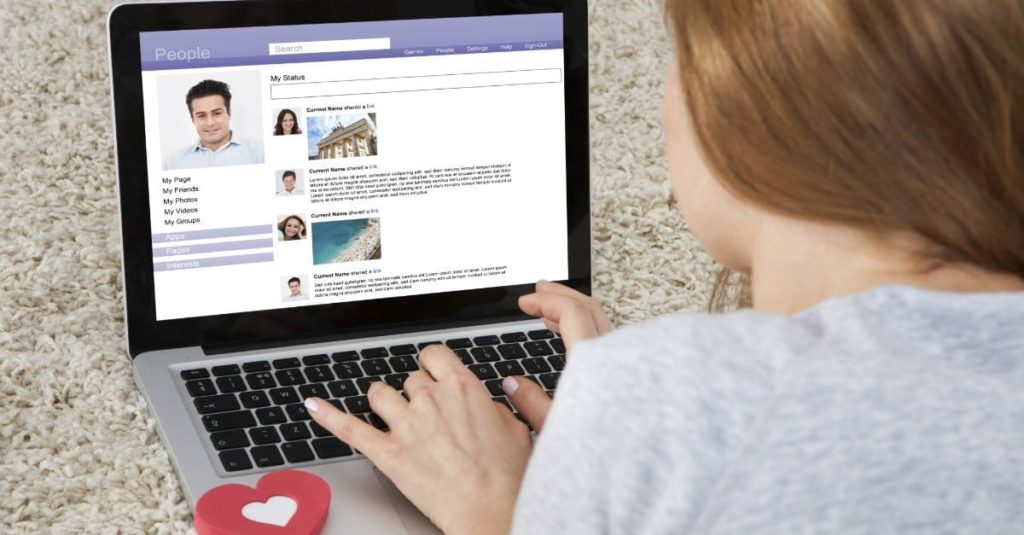Post3: Barriers to Our Blueprint
Prompts: How can you adjust your planned learning activities to meet the needs of your learners if an unexpected event occurs? Choose one (or more) of your planned learning activities from your Blueprint and identify any barriers for student success. How can you alter or adjust your current plan to reduce those barriers?
Right now, my neighbor is cutting the grass in the garden with an extremely loud lawnmower. I have no idea how to calm down and finish this post. But I have nowhere to hide…
In this week’s reading, I learned the concept names “Inclusive Education”. Considering our current special learning environment, Everybody could only take their course at home because of the coronavirus pandemic. This poses great challenges for some courses that require face-to-face communication such as ENGR 120 (The robot-making course I took last year) and some Hands-on were banned this term. The coronavirus pandemic consequences some students would delay their graduation time. Some of them have only 1 or 2 courses in the summer semester and they have no chance to get a part-time job.
Luckily, thanks to technology, we could work through many different kinds of online tools such as google docs, and we could also communicate by slack, messenger, WeChat…
However, those kinds of technology tools could also lower our enthusiasm because of the massive advertisements and other distractions such as communicating with families or friends. If we want to reduce or eliminate for learner success, we need to build up a specific platform for both students and instructors in the same class to communicate together. Different from slack, messenger, or other kinds of communication tools, this kind of new platform could provide students all the required materials, and could provide several chatting rooms for them to communicate during or after class. All the communication process between students and instructors will be recorded for the convenience of students to check repeatedly. This platform would only open during the lecture time. The teacher would give students about half hours talking with each other, and leave a small quiz for them to make sure everybody is participating. The platform would automatically alert students and the instructor it is time to have class 30 mins before the class if they connect to their cellphones. The instructor would also post quizzes or midterm exams, or leave any notes on the platform. The note will automatically send to student’s cellphones as well. It is like a combination of course spaces and slack. This will give students and instructors a feeling of participating or contacting with each other in real life.
Overall, due to the coronavirus pandemic situation, the biggest barrier for us is communication. Chatting online is not so efficient compare to chatting face to face, but if we have such a platform, we could easily get an easier way to study and it can also save time for both students and instructors. Some of the students who are shy to communicate face to face in real life would also have good opportunities to chat with others online, and focus on the learning materials at the same time.

(Virtual Online Platform)
References: https://www.unicef.org/education/inclusive-education